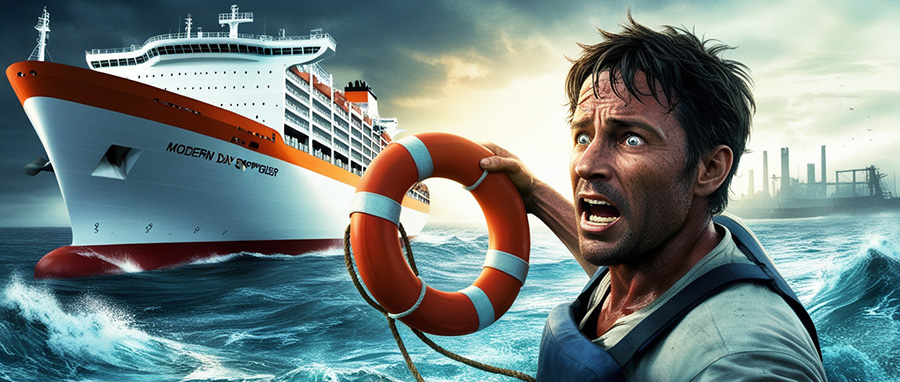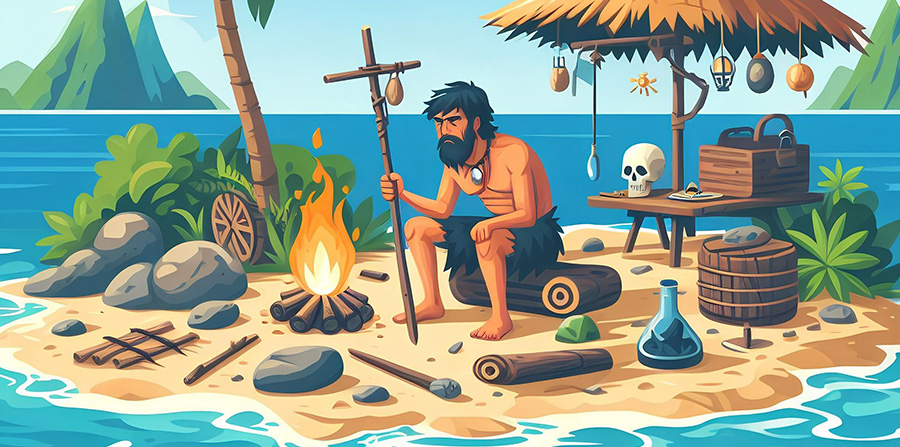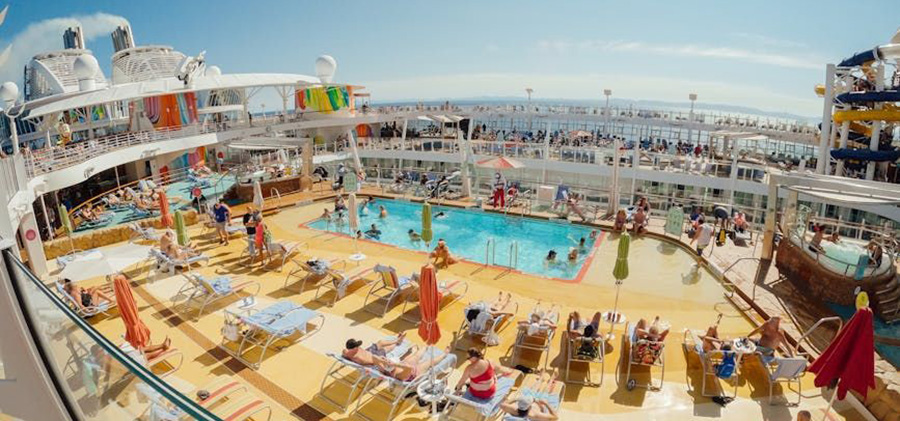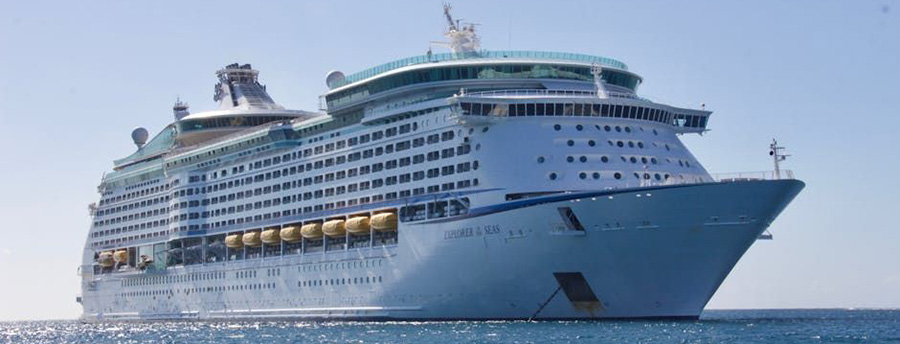You’ve booked your dream cruise vacation, but that nagging thought keeps creeping in. What if you fell off a cruise ship? While these massive vessels now rival the Eiffel Tower in height. Modern cruise ship safety features make such incidents incredibly rare.

The Truth About Overboard Incidents
When you’re planning your first cruise adventure, it’s natural to wonder about safety. Here’s something that might ease your mind.
According to the Cruise Lines International Association, you have a better chance of catching a common cold than falling overboard. The statistics show only one incident per 3 million passengers.
A Tale of Extraordinary Survival

While rare, survival stories do exist. Take the remarkable case from August 2018. A British flight attendant fell from the Norwegian Star’s 7th deck into the Adriatic Sea. You might wonder how anyone could survive such an ordeal.
However, this resourceful woman drew on her emergency training and exceptional fitness to stay alive. For 10 hours, she kept herself warm by singing and remained calm until rescue arrived. Though most cases don’t share such a fortunate ending, it proves it is possible.
What Really Happens When Someone Goes Overboard
You should understand that cruise ships take overboard incidents seriously. The moment someone reports a passenger overboard, an intricate rescue operation springs into action.
The captain immediately stops the ship, often reversing course to the exact location of the incident. Think of it as a well-orchestrated emergency response where every crew member knows their role.
Modern cruise ship safety features now include sophisticated surveillance systems that can detect falls instantly. When you’re on board, you’ll notice the extensive camera network and motion sensors. This is all part of keeping you safe while preserving your vacation experience.
Your Survival Guide: What You Need to Know

If you ever found yourself in the unfortunate position of falling overboard. Your actions in the first few minutes could mean the difference between life and death. You’ll want to stay calm – easier said than done when you’re floating in open water, but essential for survival.
The water temperature plays a crucial role in your survival chances. In 40°F water, you’ll have about an hour before hypothermia sets in. If you’re lucky enough to fall in warmer waters, your survival window extends significantly. For every 10-degree increase, you gain another hour of precious time.
Critical Survival Tips You Should Remember:
- Float on your back with arms and legs spread wide
- Keep your clothes on for protection against sun and cold
- Avoid swimming after the ship
- Never drink seawater, no matter how thirsty you become
- Conserve energy by staying as still as possible
Today’s Cruise Ships: Safer Than Ever Before
When you step aboard a modern cruise ship, you’re entering one of the safest vacation environments possible. The industry has invested heavily in cruise ship safety features that protect passengers round the clock.
Every ship must meet strict U.S. Coast Guard regulations, including specific railing heights and emergency protocols.
You’ll find state-of-the-art technology working silently in the background to keep you safe. Motion sensors line the decks, while advanced radar systems scan the waters continuously. Some ships even employ thermal imaging to detect falls in low-light conditions.
Making the Most of Your Cruise Experience

As a first-time cruiser, you might feel overwhelmed by safety information, but don’t let it dampen your excitement. Instead, use this knowledge to cruise confidently. When you board, take time to attend the safety briefing. It’s not just a formality but an essential part of your cruise experience.
Smart Cruising Tips:
- Familiarize yourself with the ship’s layout
- Note the location of your muster station
- Save emergency numbers in your phone
- Know where to find life preservers
The Future of Cruise Ship Safety

Once someone fell off a cruise ship, the headline that struck fear in travelers. However, tomorrow’s cruise ships are transforming passenger safety through groundbreaking innovations.
Leading cruise lines are investing millions in developing cutting-edge technologies that will revolutionize how they protect you at sea.
Smart wearables are at the forefront of this evolution. These devices will serve as both your room key and a personal safety monitor. It will track your location and vital signs while onboard. If you approach restricted areas or show signs of distress, crew members receive instant alerts.
Artificial intelligence and thermal imaging are reshaping cruise ship safety features. Advanced AI systems will analyze passenger behavior patterns to prevent incidents before they occur. Enhanced thermal cameras work with underwater sonar networks to create a comprehensive safety bubble around the ship.
Rescue drones represent another exciting development. These autonomous devices will deploy automatically when sensors detect a person in the water. In turn, quickly reaching the person’s location and dropping life-saving equipment while guiding rescue boats.
Perhaps the most impressive feature is, “smart railings.” Using pressure sensors and invisible laser barriers, will detect any attempt to climb or lean too far over. These systems trigger immediate alerts and activate nearby cameras to assess the situation.
These advancements will ensure that your biggest concern on future cruises, will be deciding which amazing destination to visit next. Not worrying about ship safety or falling overboard.
Your Peace of Mind Matters
Remember, cruise ships transport millions of passengers safely each year. The extensive safety measures in place mean you can focus on what really matters, creating unforgettable memories.
From the moment you step aboard, multiple systems work together to ensure your security. Of course, allowing you to relax and enjoy your vacation fully.
Whether you’re watching the sunset from your balcony or enjoying activities on deck. Modern cruise ship safety features work tirelessly to protect you. The days of simple railings are long gone.
It’s now replaced by comprehensive security systems that monitor and protect while remaining nearly invisible to passengers.
The Bottom Line
While the thought of falling overboard might seem terrifying. The reality is that cruise ships are among the safest ways to travel. The combination of advanced technology, well-trained crew members, and stringent safety protocols means you can book your cruise with confidence. Focus on planning your shore excursions, choosing your dining options, and picking the perfect spots for those sunset photos. Leave the safety concerns to the professionals who’ve dedicated their careers to protecting you at sea.
Remember, your biggest challenge on a cruise should be deciding between the pool and the spa, not worrying about safety. With modern cruise ship safety features constantly evolving and improving. You’re free to embrace the adventure that awaits you on the high seas.
